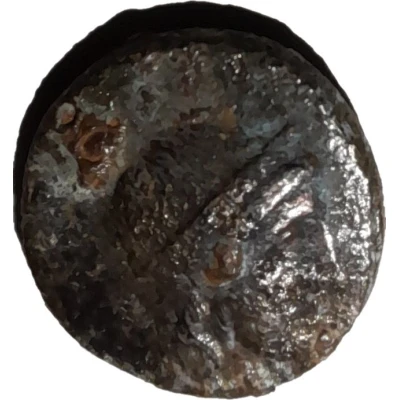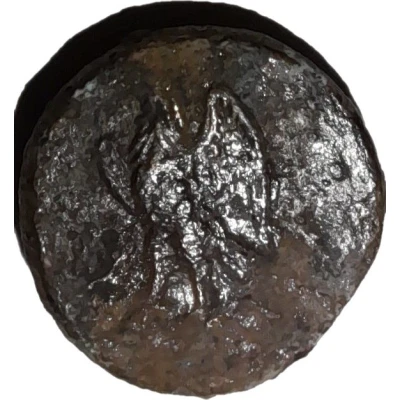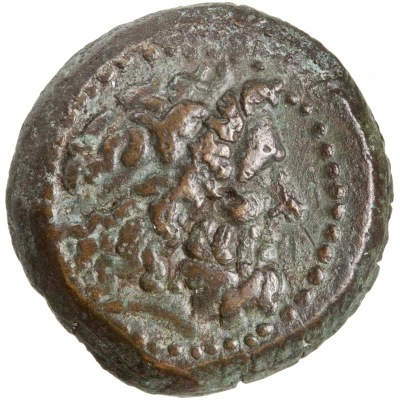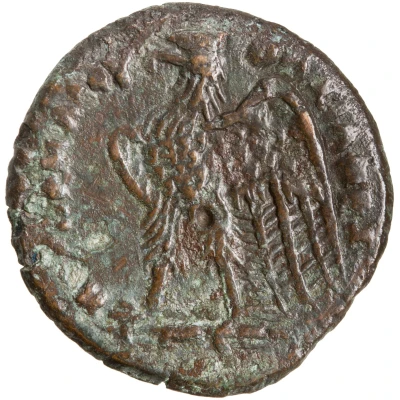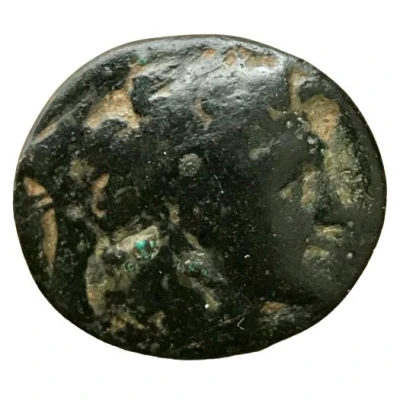
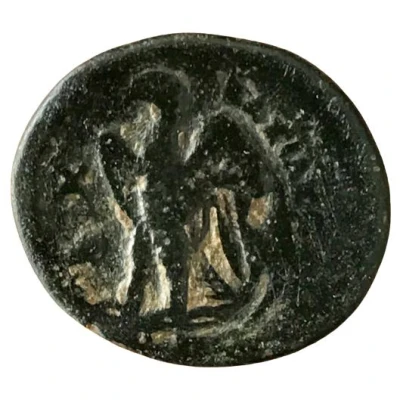

© Aquistapace
Hemiobol - Ptolemy I Soter Alexandria 294 BC - 285 BC
| Bronze | 3.8 g | 18 mm |
| Issuer | Ptolemaic Kingdom (Ptolemaic Kingdom (305 BC - 30 BC)) |
|---|---|
| King | Ptolemy I Soter (305 BC - 282 BC) |
| Type | Standard circulation coin |
| Years | 294 BC - 285 BC |
| Value | Hemiobol (1⁄12) |
| Currency | Attic drachm (circa 323 – 306 BC) |
| Composition | Bronze |
| Weight | 3.8 g |
| Diameter | 18 mm |
| Shape | Round (irregular) |
| Technique | Hammered |
| Orientation | Medal alignment ↑↑ |
| Demonetized | Yes |
| Updated | 2024-10-09 |
| Numista | N#295714 |
|---|---|
| Rarity index | 90% |
Reverse
Eagle standing left on thunderbolt, wings spread. "XA" monogram and helmet in left field.
Script: Greek
Lettering: ΠΤΟΛΕΜΑΙΟΥ ΒΑΣΙΛΕΩΣ
Translation: King Ptolemy
Edge
Plain
Interesting fact
One interesting fact about the Hemiobol coin is that it features an image of Ptolemy I Soter, the ruler of the Ptolemaic Kingdom, on one side, and an image of a horned god, possibly Zeus Ammon, on the other side. This suggests that the coin was used as a symbol of the kingdom's economic and political power, as well as its religious beliefs.
